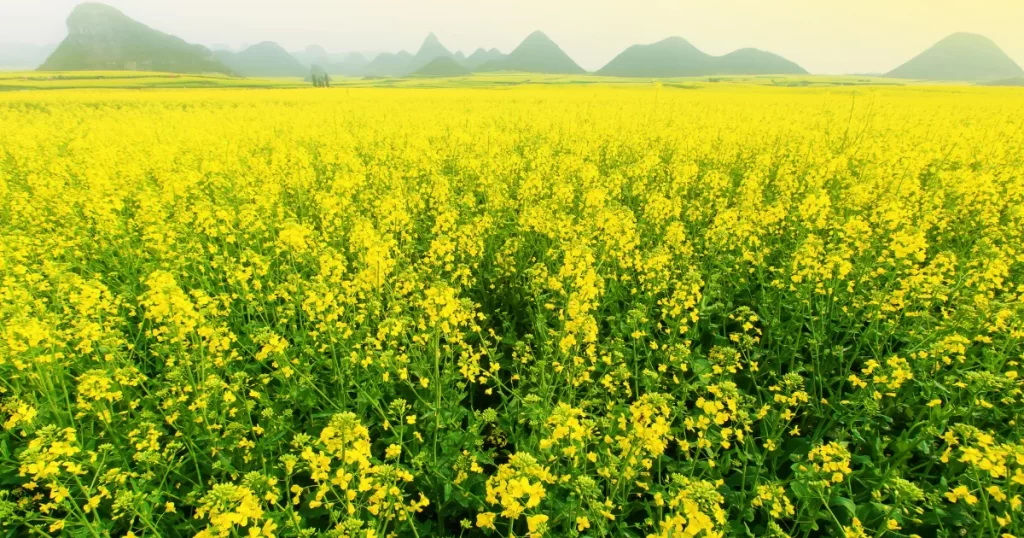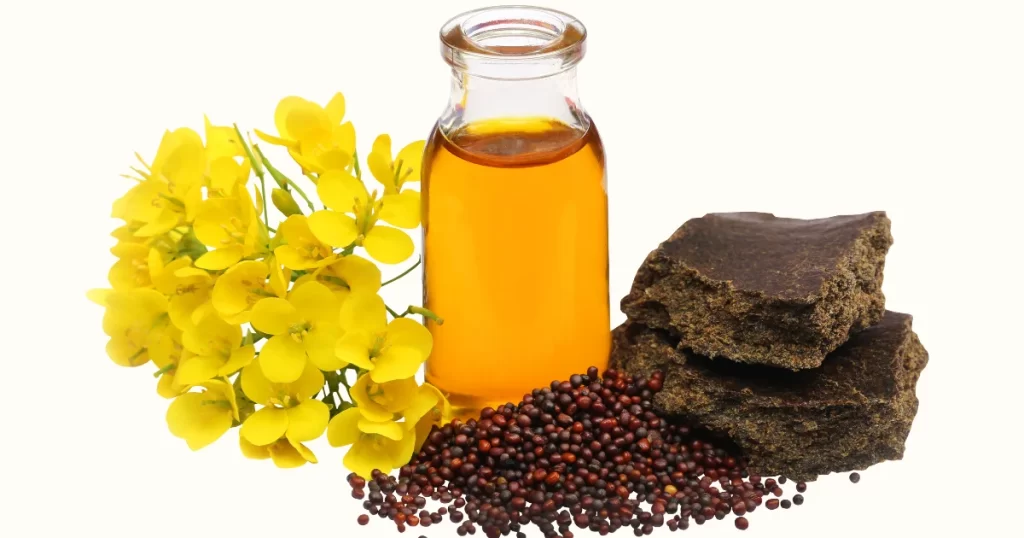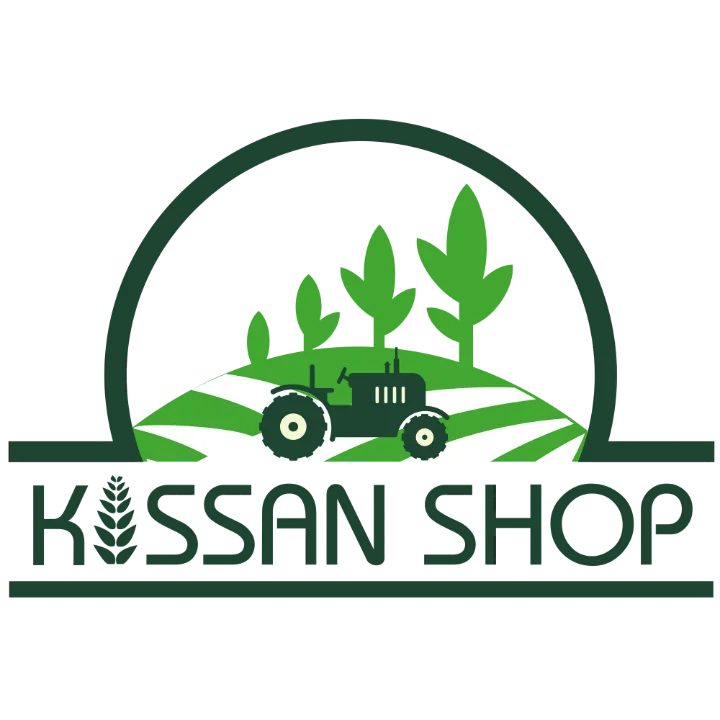Mustard price in Pakistan starts in these days from 8,000 Rs to 8,350 Rs. Fresh mustard prices are a little down as comparatively dry mustard. Because of its moisture. In every city mustard market is different, so prices keep going up and down.
Mustard, scientifically known as Brassica juncea, is a versatile crop cultivated for its seeds, leaves, and oil. Belonging to the Brassicaceae family, mustard is esteemed for its culinary, medicinal, and industrial applications. With a long history of cultivation dating back thousands of years, mustard has been an integral part of various cultures worldwide.
Mustard price in Pakistan January 2026
Mustard price in Pakistan today is between 8,000 and 8,350 Rs.
سرسوں کی تازہ ترین قیمت
| City | Minimum Price | Maimum Price |
|---|---|---|
| Ahmadpur East | 8,000 Rs | 8,350 Rs |
| Bahawalpur | 8,050 Rs | 8,370 Rs |
| Bahawalnagar | 8,150 Rs | 8,350 Rs |
| Chishtian | 8,000 Rs | 8,300 Rs |
| Chichawatni | 8,100 Rs | 8,350 Rs |
| Dunga Bunga | 8,070 Rs | 8,340 Rs |
| Fortabbas | 8,150 Rs | 8,300 Rs |
| Faqirwali | 8,100 Rs | 8,300 Rs |
| Hasilpur | 8,150 Rs | 8,360 Rs |
| Haroonabad | 8,130 Rs | 8,350 Rs |
| Khanpur | 8,100 Rs | 8,330 Rs |
| Khanewaal | 8,150 Rs | 8,350 Rs |
| Liaqatpur | 8,200 Rs | 8,300 Rs |
| Maroot | 8,100 Rs | 8,300 Rs |
| Okara | 8,100 Rs | 8,200 Rs |
| Pattoki | 8,150 Rs | 8,300 Rs |
| Pakpattan | 8,100 Rs | 8,300 Rs |
| Minchanabad | 8,100 Rs | 8,300 Rs |
| Mailsi | 8,100 Rs | 8,350 Rs |
| Rahim Yar Khan | 8,100 Rs | 8,330 Rs |
| Sadiqabad | 8,100 Rs | 8,350 Rs |
| Sahiwal | 8,100 Rs | 8,300 Rs |
| Vehari | 8,100 Rs | 8,350 Rs |
| Yazman Mandi | 8,200 Rs | 8,370 Rs |
| Badin | 8,100 Rs | 8,300 Rs |
| Digri | 8,000 Rs | 8,350 Rs |
| Hyderabad | 8,170 Rs | 8,300 Rs |
| Noshero | 8,140 Rs | 8,300 Rs |
| Kunri | 8,200 Rs | 8,320 Rs |
| Shikarpur | 8,100 Rs | 8,300 Rs |
| Nawabshah | 8,200 Rs | 8,350 Rs |
| Tando Allah Yar | 8,150 Rs | 8,300 Rs |
Check Also:
- ???? Today Cotton Price in Pakistan 2026 ( Click Here )
- ???? Today Corn Price in Pakistan 2026 ( Click Here )
- ???? Today Wheat Price in Pakistan 2026 ( Click Here )
- ???? Today Rice Price in Pakistan 2026
- ???? Garlic Growing Stages
- ???? Today Garlic Rate in Pakistan
- Today Fertilizer Price in Pakistan
In the above table, we deeply discuss Mustard price in Pakistan, So in the following, we will learn about mustard farming to harvesting.
Mustard is used to make oil and khal. By the way, there are many types of mustard but two types are more famous. The first type of oil is not used for food but used as a topical application, given to animals and other needs. Another type of oil, also known as canola, is used mostly in cooking and is more expensive than other types of mustard. But its yield is low.
Mustard farming, despite its simple appearance, encompasses a rich tapestry of agricultural practices, cultural significance, and economic implications. Let’s delve deeper into this topic, exploring various aspects of mustard cultivation, its historical context, modern farming techniques, and its diverse uses.
After learning about mustard price in Pakistan, in the following we inform you about mustard farming.
Mustard Farming and Historical Background

Mustard has been cultivated for thousands of years, with evidence of its use dating back to ancient civilizations like the Egyptians, Greeks, and Romans. Initially grown for its leaves, it wasn’t until later that mustard seeds gained culinary importance. Ancient texts and archaeological findings reveal mustard’s presence in medicinal remedies, culinary preparations, and religious rituals across different cultures.
Climate and Soil Requirements:
Mustard is a versatile crop that thrives in diverse climates, from temperate to subtropical regions. However, it prefers cool temperatures for optimal growth. Well-drained, fertile soils with adequate moisture retention are ideal for mustard cultivation. Soil pH ranging from 6.0 to 7.5 is considered suitable.
Mustard Varieties:
Mustard comes in various types, each with distinct flavors and applications. The three primary varieties are yellow mustard (Brassica hirta), brown mustard (Brassica juncea), and black mustard (Brassica nigra). Yellow mustard seeds are milder in flavor, while brown and black mustard seeds are spicier and pungent.
Mustard Planting and Growth:
Mustard seeds are typically sown directly into the soil, either by broadcasting or in rows. The seeds are small and should be planted shallowly, about 1/4 to 1/2 inch deep. Adequate spacing between rows allows for proper growth and facilitates weed management. Mustard plants require consistent moisture, especially during germination and early growth stages.
Weed and Pest Management:
Weeding is crucial to prevent competition for nutrients and ensure optimal growth. Common weeds in mustard fields include grasses, broadleaf weeds, and sedges. Mechanical cultivation and manual weeding are common practices to control weeds. Mustard plants are susceptible to pests like aphids, flea beetles, and caterpillars. Integrated pest management strategies, including cultural, biological, and chemical control methods, are employed to minimize pest damage.
Disease Control:
Mustard plants are susceptible to various diseases, including downy mildew, white rust, and alternaria blight. Disease prevention measures such as crop rotation, use of disease-resistant varieties, and fungicidal treatments are essential to protect mustard crops from disease outbreaks.
Mustard Harvesting and Processing

Harvesting:
Mustard plants typically mature within 60 to 90 days after planting, depending on the variety and growing conditions. Harvesting is usually done when the plants start flowering but before the seeds fully mature. Mustard seeds are harvested by cutting the plants close to the ground and allowing them to dry in the field.
Processing:
Once dried, mustard seeds are threshed to separate them from the plant material. Threshing can be done manually or using mechanical equipment. After threshing, the seeds are cleaned to remove any remaining plant debris or impurities. Depending on the intended use, mustard seeds can be further processed into various products like whole seeds, ground mustard powder, or mustard oil.
After threshing, the fresh mustard price in Pakistan is little bit low but its weight is higher.
Mustard Uses and Economic Importance

Culinary Applications:
Mustard seeds are a staple ingredient in various cuisines worldwide. Ground mustard powder is used as a spice, seasoning, or condiment in dishes ranging from sauces and dressings to marinades and pickles. Mustard paste, made by mixing ground mustard powder with water or vinegar, adds flavor and heat to dishes. Mustard oil, extracted from mustard seeds, is used for cooking, seasoning, and pickling.
Industrial Uses:
Mustard oil has several industrial applications beyond culinary use. It is used in the production of soaps, cosmetics, and lubricants. Mustard seed cake, a byproduct of oil extraction, serves as a nutritious animal feed supplement. Additionally, mustard oil is being explored as a potential source of biodiesel, offering a renewable alternative to fossil fuels.
Cultural Significance:
Mustard holds cultural significance in many societies, often associated with festivals, rituals, and traditional ceremonies. In some cultures, mustard seeds are considered symbols of prosperity, fertility, and good fortune. Mustard-based condiments and sauces are integral components of cultural cuisines, reflecting regional culinary traditions and preferences.
Economic Impact:
Mustard farming contributes significantly to agricultural economies worldwide. In addition to providing livelihoods for farmers and agricultural workers, mustard cultivation supports ancillary industries such as food processing, manufacturing, and export trade. The global demand for mustard products continues to grow, driven by increasing consumer interest in diverse cuisines and healthy eating trends.
Conclusion:
You can check daily mustard price in Pakistan from this site. Mustard farming encompasses a rich agricultural heritage, blending traditional practices with modern techniques to cultivate a versatile crop with widespread culinary and industrial applications. From its humble origins as a wild plant to its global prominence in cuisines and economies, mustard continues to play a vital role in agriculture, culture, and commerce. As agricultural practices evolve and consumer preferences shift, mustard farming remains resilient, adapting to changing demands while preserving its cultural and economic significance.

